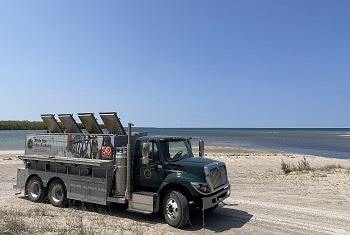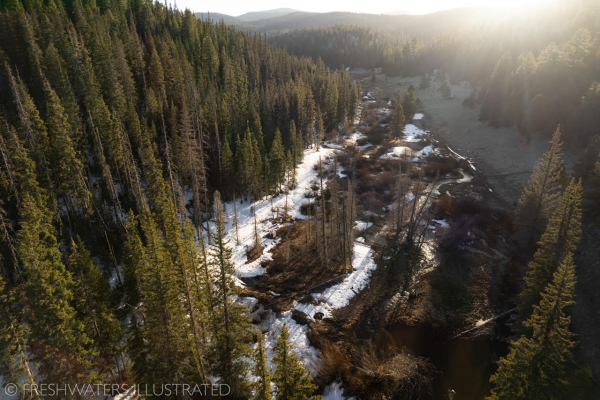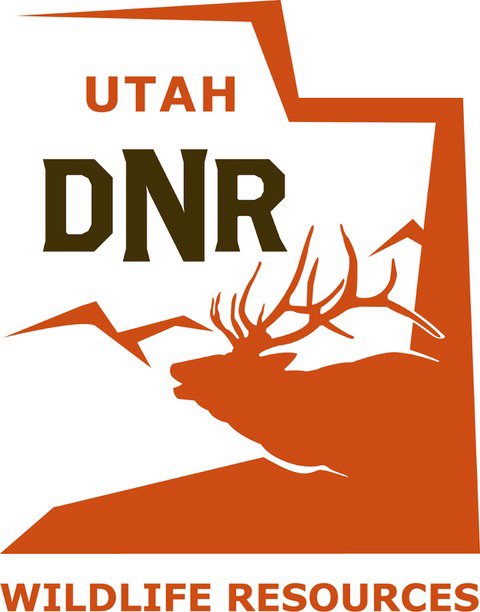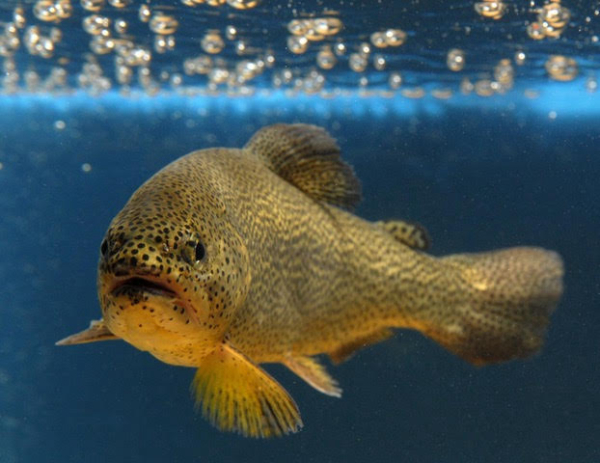New York: Hatcheries Vs. Herons
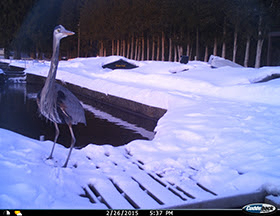
DEC’s nine cold water fish hatcheries collectively produce over 6.4 million fish annually. Unfortunately, a significant number of these trout and salmon are lost to a variety of predators in search of a “free meal.” One predator that causes most fish losses is the great blue heron. At the Caledonia Hatchery it’s not uncommon to have upwards of 40 great blue herons surrounding the ponds during the spring.
Over the years a host of methods have been employed to deter herons from preying on hatchery fish: from sound cannons, to balloons, to dancing “tube men” and decoys – even getting a watch dog to chase them off the property. The only way to effectively prevent fish losses from predation is to totally enclose the ponds within a building structure.
 The Rome Hatchery, and just recently the Bath Hatchery, have built pole barn style buildings over some of their outdoor ponds and have greatly reduced their fish losses. Bath went from about eight percent fish losses, down to less than one percent!
The Rome Hatchery, and just recently the Bath Hatchery, have built pole barn style buildings over some of their outdoor ponds and have greatly reduced their fish losses. Bath went from about eight percent fish losses, down to less than one percent!
Besides essentially eliminating fish losses, the pond enclosures also:
- Reduce algae growth in the ponds
- Keep water temperatures down
- Keep leaves out of the ponds in the fall
- Prevent fish diseases
- Make the working environment safer for hatchery staff
The enclosed ponds benefit everyone, except…. the great blue herons.


